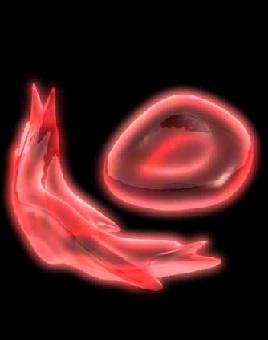Zinc finger laid on sickle cell reversal
 Researchers are working on a way to re-enable the creation of a form of foetal haemoglobin, which could lead to a new therapy for sickle cell disease (SCD).
Researchers are working on a way to re-enable the creation of a form of foetal haemoglobin, which could lead to a new therapy for sickle cell disease (SCD).
This particular form of haemoglobin is normally absent after the newborn period and is unaffected by the genetic defect in SCD.
During a young person’s life, a biological switch is made during the production of haemoglobin, which shifts the body from producing the foetal form of haemoglobin to producing the adult form instead.
When patients with SCD undergo the transition, which normally happens earlier in life, their inherited gene mutation distorts adult haemoglobin and forces red blood cells to assume a sickle-like shape.
In the new study, researchers reprogrammed gene expression to flip the biological switch once more. This caused cells to resume producing foetal haemoglobin and therefore normally-shaped red blood cells.
“Our study shows the power of a technique called forced chromatin looping in reprogramming gene expression in blood-forming cells,” said haematology researcher Dr Jeremy W. Rupon.
“If we can translate this approach to humans, we may enable new treatment options for patients.”
Researchers used a specialised tool to re-jig the DNA - a genetically engineered zinc finger protein - which can be custom-programmed to find a specific DNA site where the code for foetal haemoglobin is located.
The zinc finger was attached to another protein which forced a chromatin loop to form. The loop then activated gene expression that produced embryonic haemoglobin in blood-forming cells from adult mice. The team obtained similar results in human adult red blood cells, also forcing the cells to produce foetal haemoglobin.
Investigators will now look to develop clinical applications, possible leading to enhanced treatments for several similar haemoglobin-related diseases.








 Print
Print